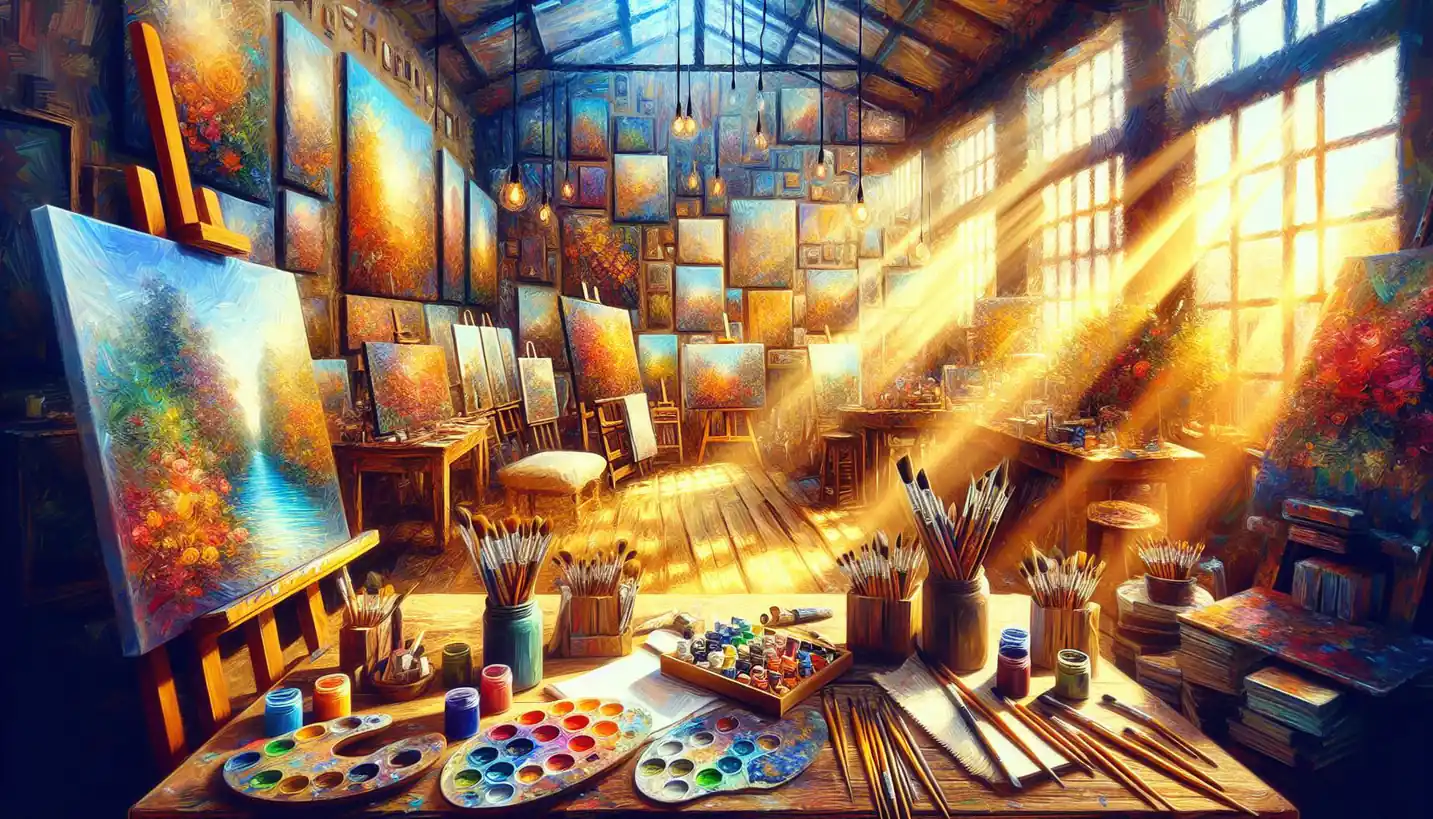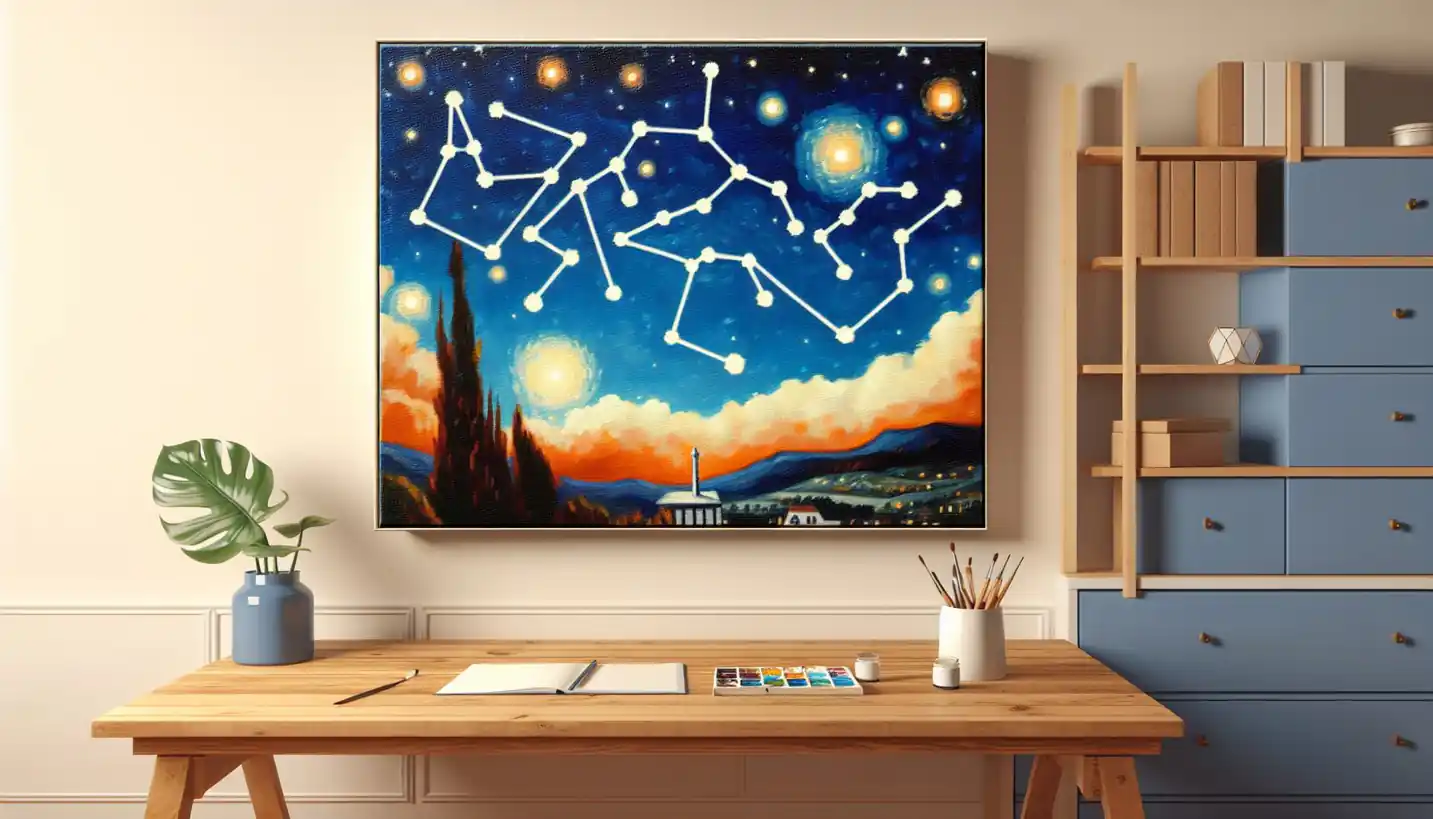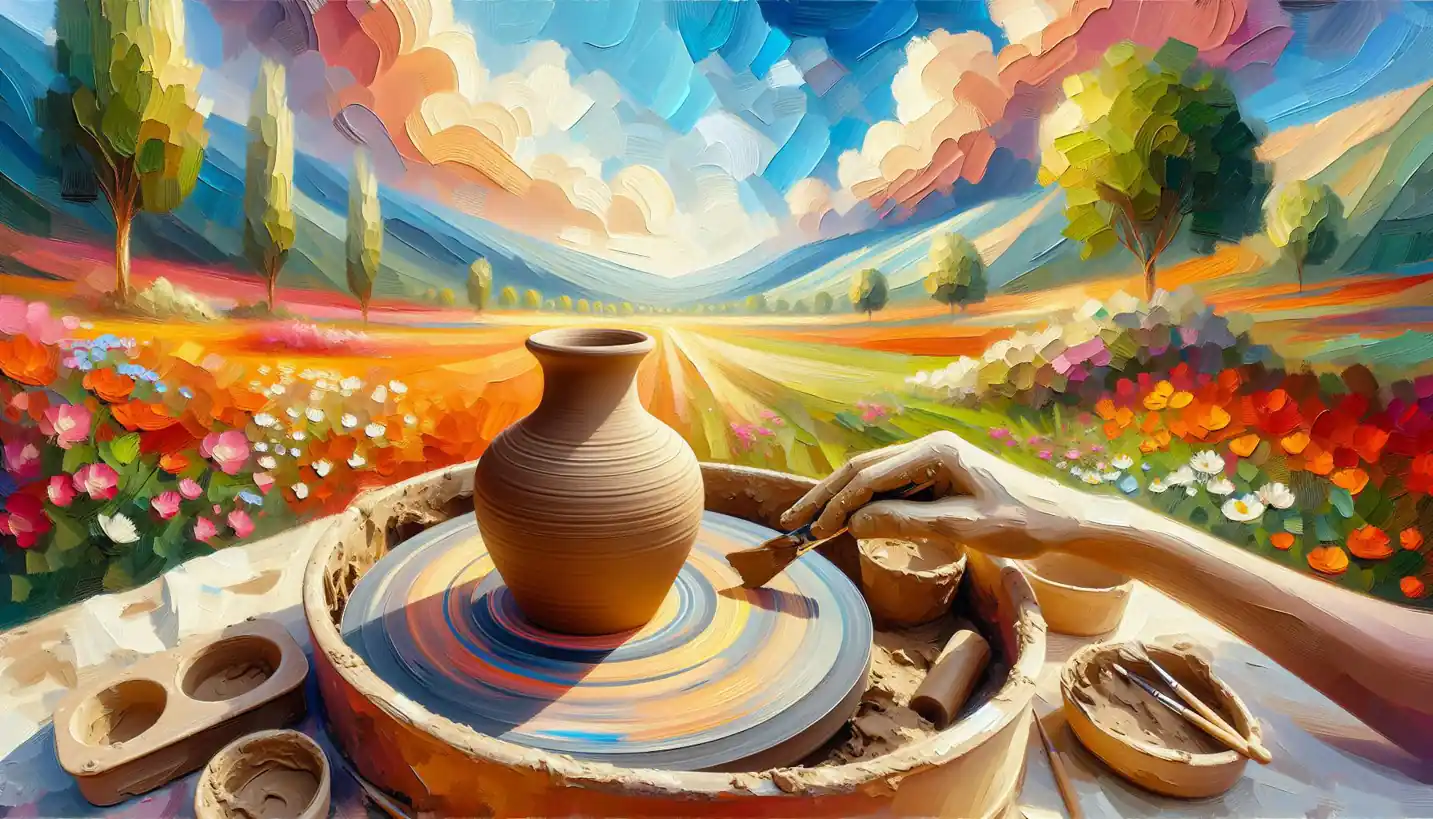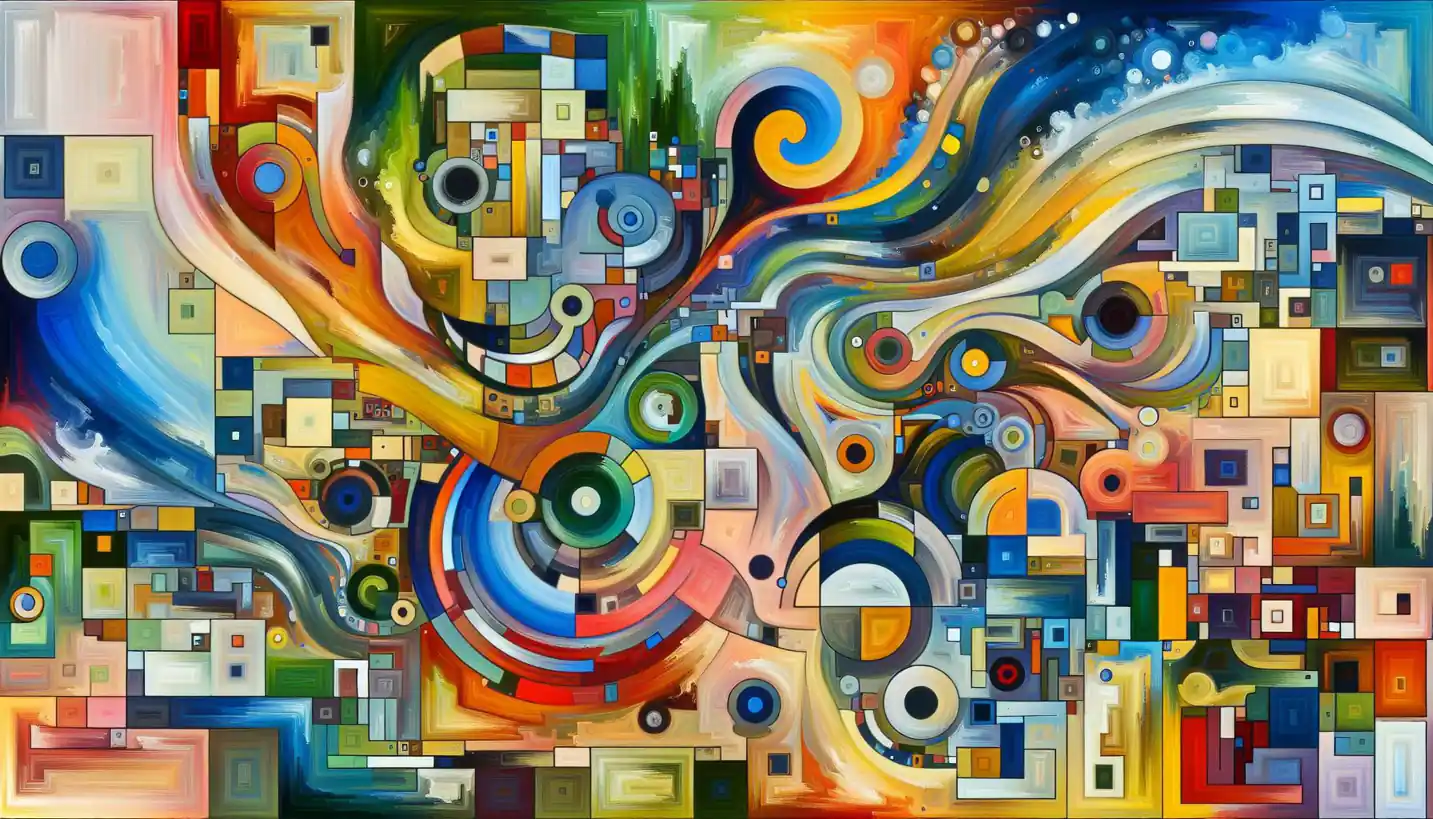· Art · 4 min read
Temporal Dimension: Exploring Time in Installation Art
The temporal dimension in installation art adds layers of time, creating evolving narratives that engage audiences deeply. Experience how time transforms art into a living story.

When it comes to installation art, there’s something truly fascinating about how it interacts with time. Unlike traditional paintings or sculptures, installation art can change, evolve, and be experienced in a variety of ways over time, creating a rich, temporal dimension that adds depth and meaning to the work.
To start, let’s think about time not just as a ticking clock, but as a varied journey we take. Installation art fits into this idea beautifully. It captures moments, allowing us to experience them as they unfold. Imagine walking through an art piece that seems to shift and alter as daylight changes or as visitors interact with it. This is what makes installation art so unique; it’s a living experience.
How Installation Art Engages with Time
One of the most intriguing aspects of installation art is how it redefines our perception of time. Instead of being static, these works can evolve. Think of a piece with lights that change colors at different intervals, or a sound installation that plays different recorded sounds throughout the day. These interactions are not bound by a single moment or interpretation, allowing viewers to engage with the piece in a dynamic way.
Consider the work of Olafur Eliasson, known for creating immersive environments. His installations change with the weather, lighting, or even the viewer’s movement, effectively making time a part of the artwork. His pieces create a dialogue with the environment, a dance that emphasizes the transient nature of each encounter.
The Story Behind Temporal Experience in Art
Historically, art has always been about capturing timelessness—portraits and landscapes freeze a moment for eternity. Installation art flips that on its head, embracing ephemerality. A great example is the work of Christo and Jeanne-Claude, who created large-scale, temporary art pieces like wrapping large buildings or landscapes. These works were meant to last only for a short time, emphasizing the beauty and rarity of the moment.
Installation pieces like these invite us to feel the flow of time, reminding us that each encounter with the artwork is a unique event, never to be replicated exactly.
Why Temporal Dimension Matter
The temporal dimension in installation art is not just about physical change. It’s a reflection of the nature of life itself—constantly in flux, never truly still. This makes installation art deeply engaging because it mirrors our own experiences.
Imagine stepping into an installation that changes with the seasons. In winter, it might be stark and quiet, but in spring, it bursts with color and sound. It’s like experiencing the rhythmic passages of life itself. This idea of temporality can provoke thoughts about memory, change, and the fleeting nature of existence.
Sparking Interest
Why does it matter that installations engage with time? One reason is that it pushes boundaries. Time-based installations challenge viewers to think beyond a single moment, considering themselves as part of a larger narrative. This type of art can challenge our conventional perceptions, urging us to examine our own relationship with time and change.
Could future art incorporate even more interactive temporal elements? Perhaps installations that respond to personal data or even global events? The possibilities are endless, and this sparks an exciting frontier for artists and observers alike.
Temporal Art in a Digital Age
In today’s digital age, the concept of time in installations extends to virtual environments, too. Digital installations can react in real-time to global events or personal interactions, bringing new layers to the temporal experience. Artists can use digital technology to create works that change every second, influenced by data streams or social media trends.
Take, for instance, the world of virtual reality. In these spaces, time can be manipulated, allowing users to slow down or speed up their interactions with the art. This opens up incredible possibilities for experiencing art in new dimensions, adding to the intrigue and allure of the temporal aspect.
Conclusion
The temporal dimension in installation art fascinates us because it mirrors our own experiences with time—mysterious, unpredictable, and ever-changing. Whether through evolving physical pieces or dynamic digital art, installations challenge us to think about how we engage with the world and the fleeting moments that construct our lives.
This engagement with time creates a bond between the artwork and observer, making each encounter a unique journey. As art continues to evolve, who knows how else we might play with time, offering even more profound experiences. What might the future hold as artists explore this boundless temporal canvas? The possibilities are as intriguing as ever, waiting to be discovered.


